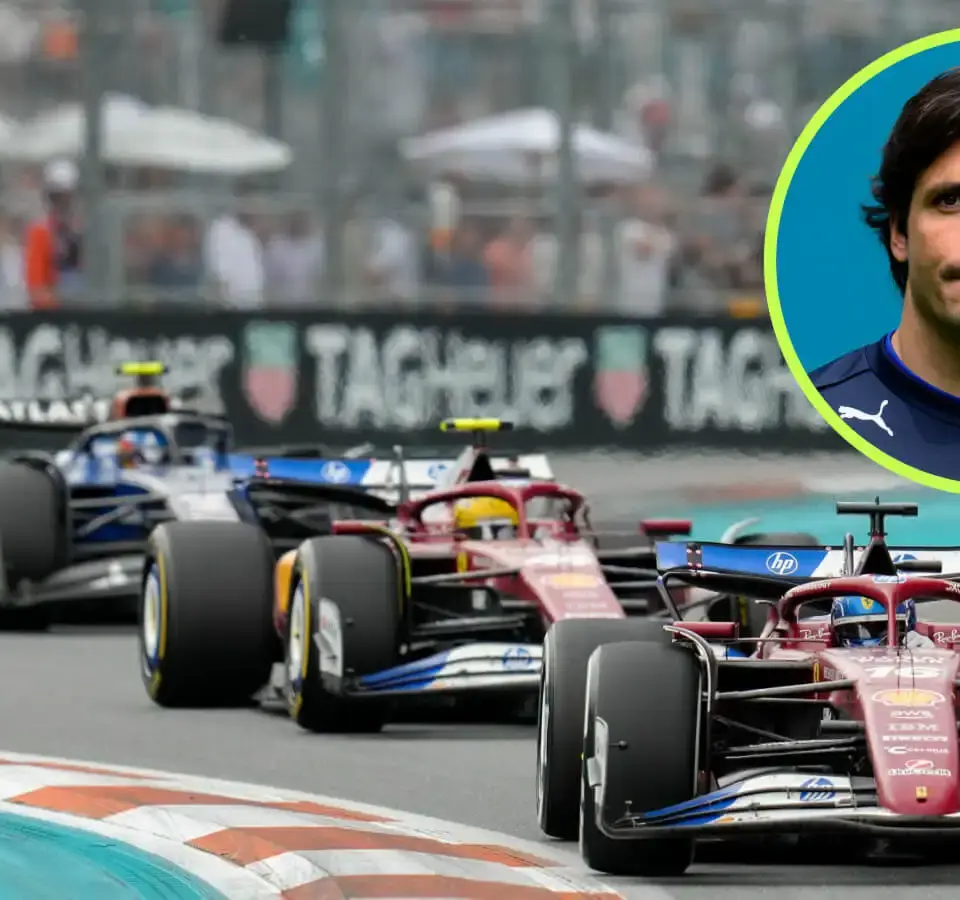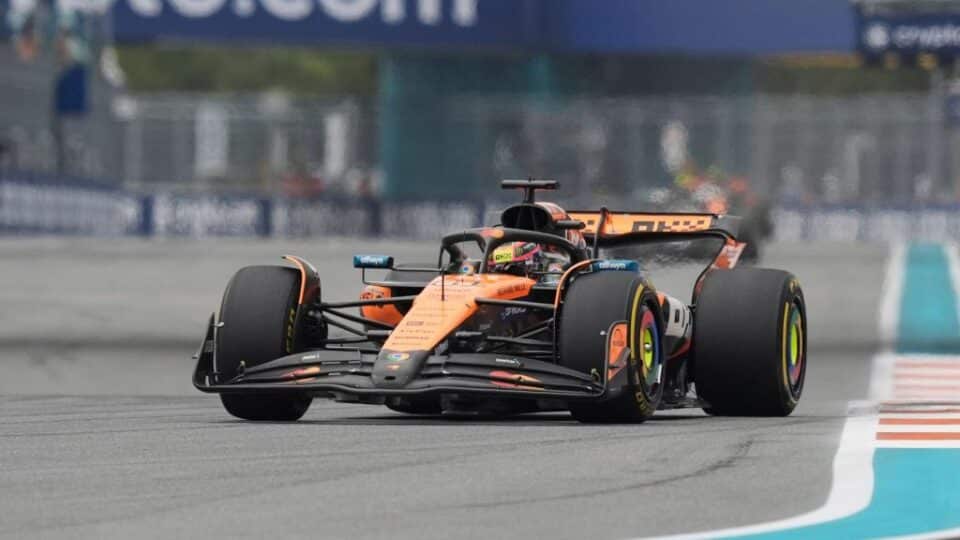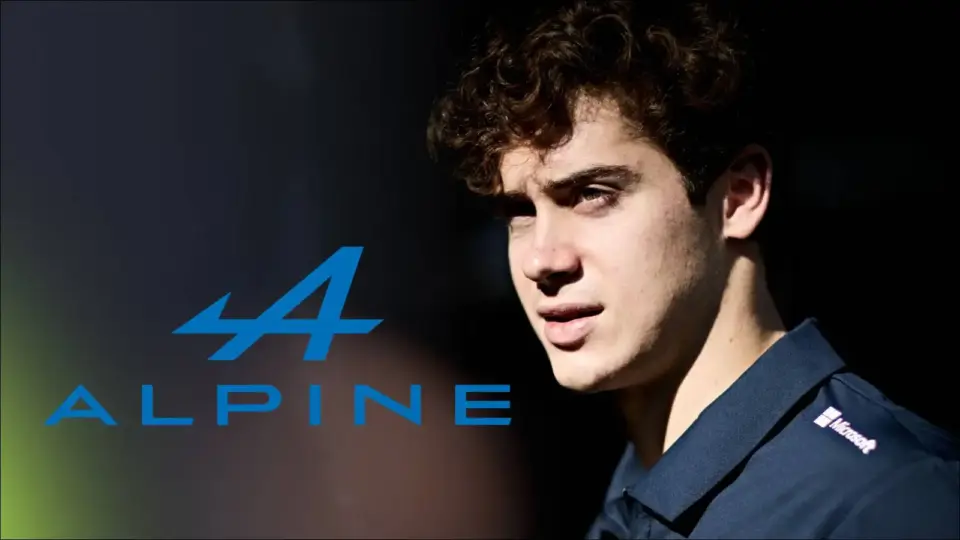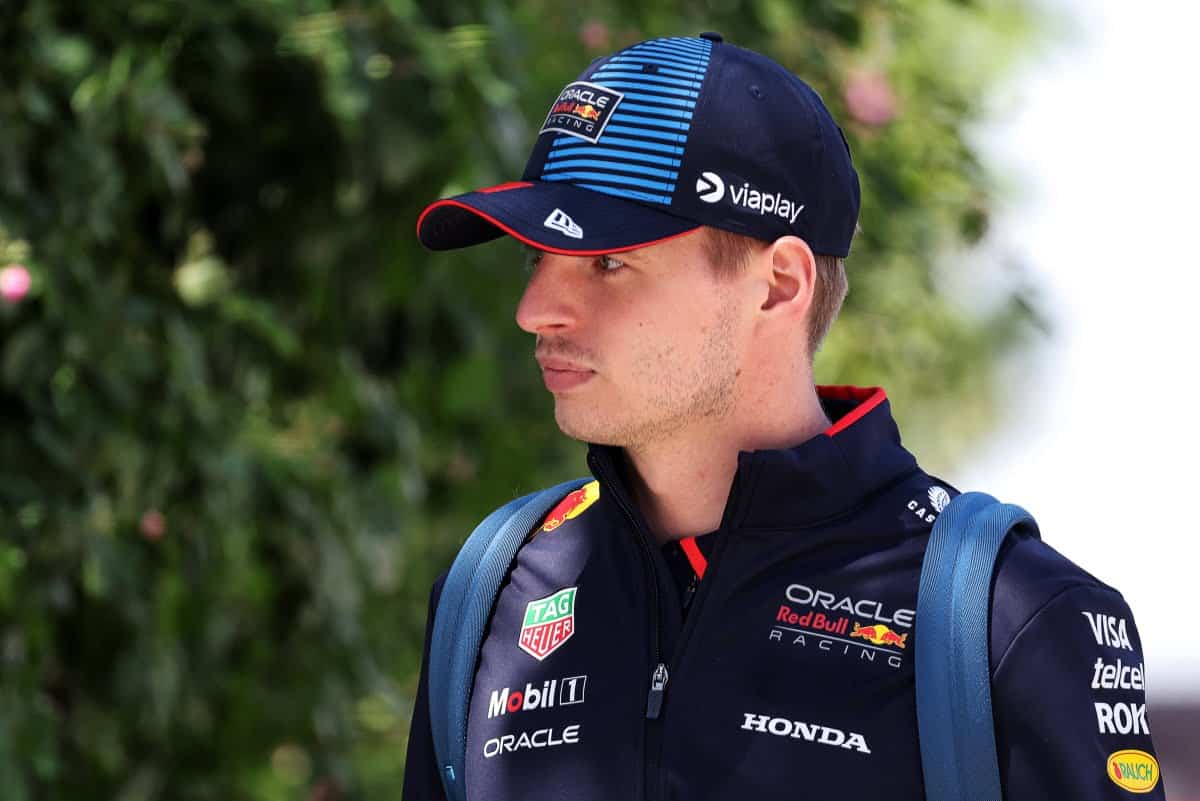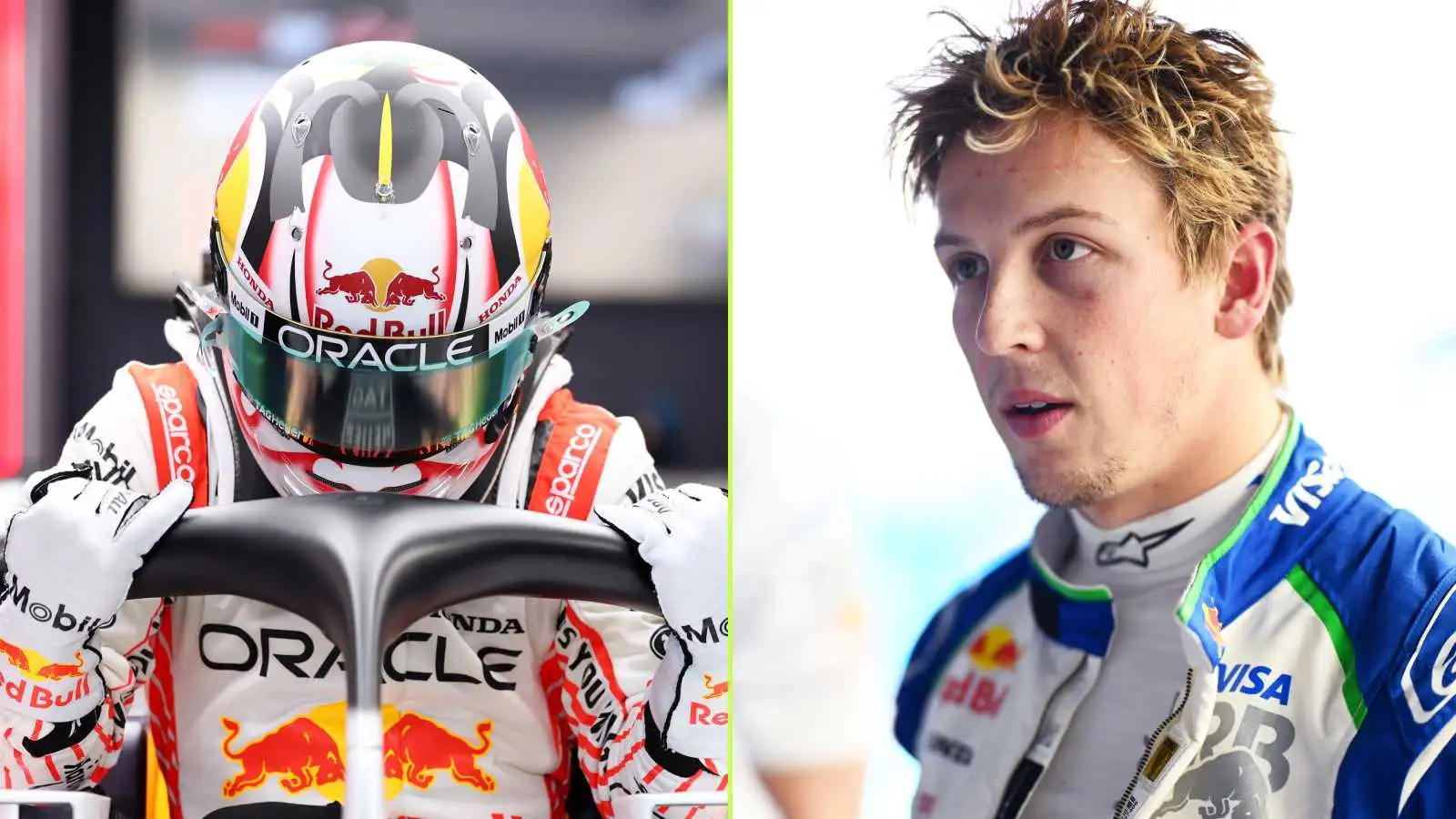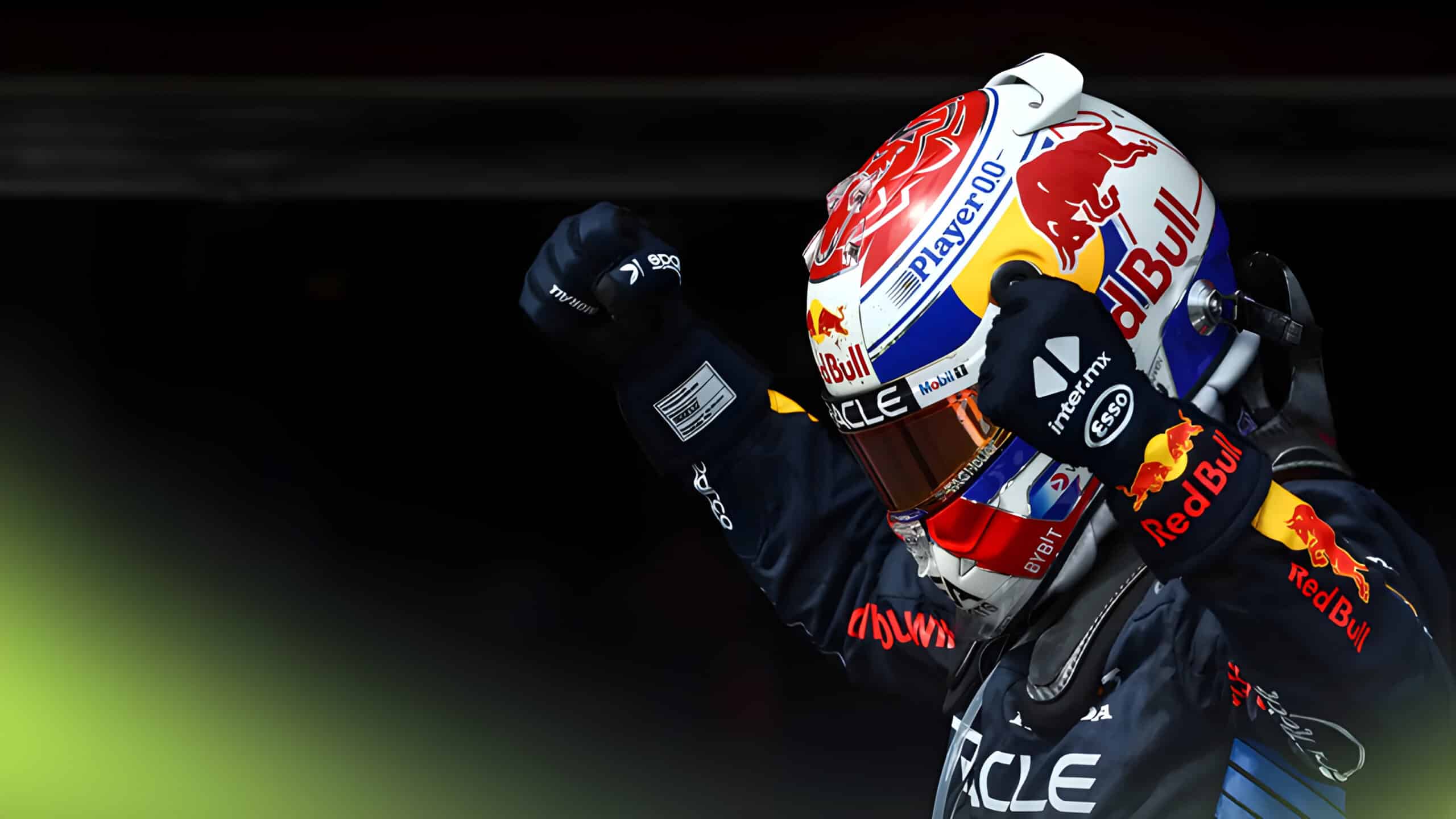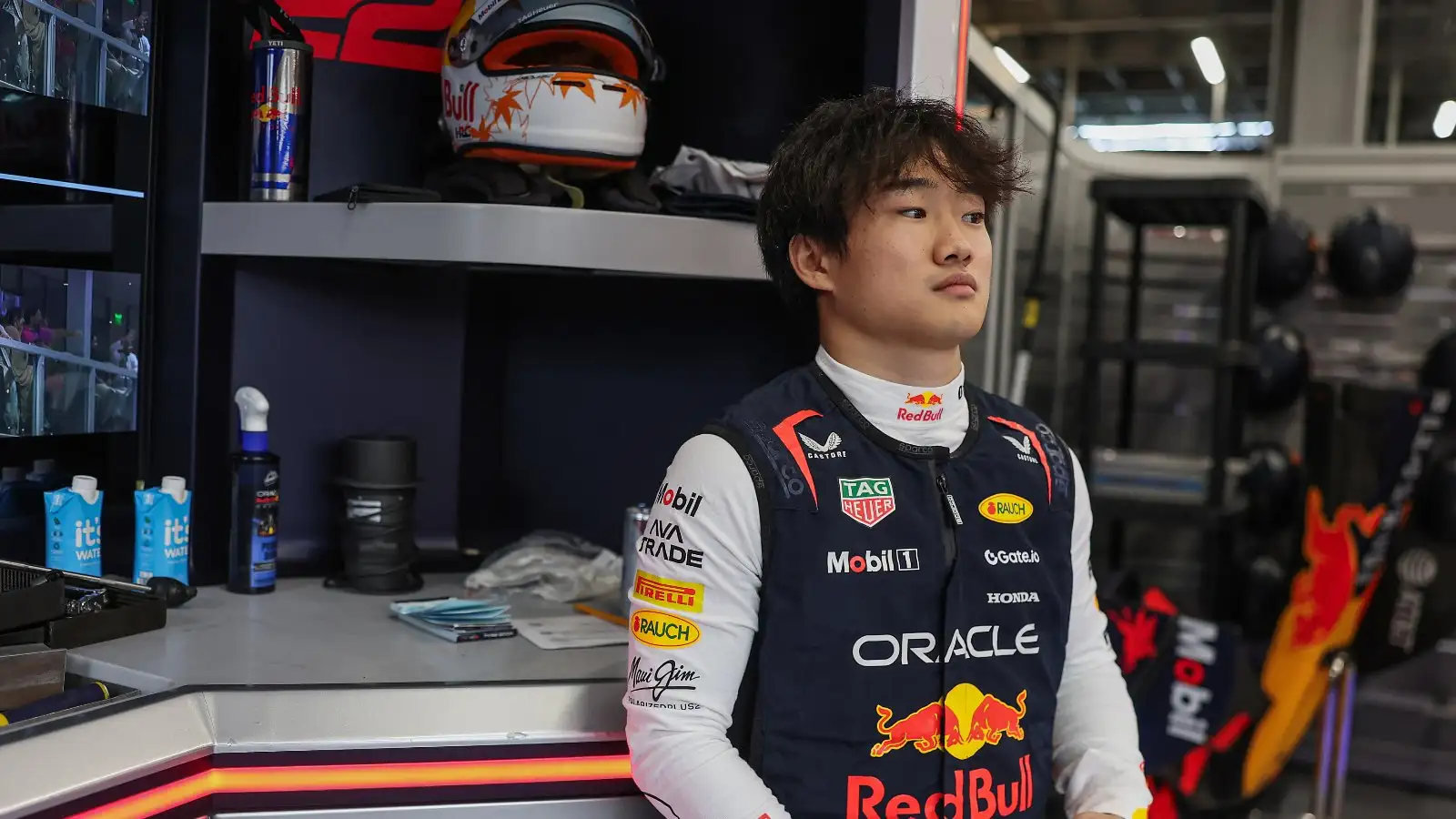In the high-stakes world of Formula 1, every move is scrutinized, and the recent clash between Carlos Sainz and Lewis Hamilton during the Miami Grand Prix was no exception. On the final lap, Sainz found himself in a skirmish with Hamilton, which he described as ‘quite typical’ under the circumstances.
During the race’s final moments, Sainz and Hamilton were neck and neck as they approached Turn 17 at the Miami Autodrome. The Ferrari driver made a daring late brake maneuver, diving to overtake Hamilton, who responded by adjusting his trajectory. This move led to a minor collision, with both cars continuing to the finish line, placing seventh and eighth respectively.
Sainz voiced his frustration over the radio, claiming that Hamilton ‘moved a bit under braking,’ a point he reiterated to the media. ‘I had a go into the last corner, and he moved as soon as he saw me dive. That created contact, which is quite typical, honestly,’ Sainz said, highlighting the nuanced interpretation of the ‘rule book’ in such high-pressure situations.
However, the race stewards assessed the incident and found that both drivers had contributed to the contact. Their verdict stated that neither Sainz nor Hamilton was predominantly at fault, thus no penalties were issued. They noted that Sainz hadn’t secured a position on the racing line, while Hamilton turned into the corner earlier than usual, affecting Sainz’s overtaking attempt.
Despite the tension, Sainz remained optimistic about his team’s performance, pointing out Williams’ competitive edge in the midfield battle. He noted that, with new tires and without damage, he could have potentially secured a fifth-place finish. Sainz emphasized the need for operational improvements to maximize the car’s competitive potential.
Meanwhile, his teammate, Alex Albon, finished impressively in fifth place, marking Williams’ successful double points haul in six Grands Prix. Albon praised the improved FW47 car, which he described as more predictable and easier to handle, allowing for more consistent laps. This improvement has been attributed to the team’s focus on creating a ‘less snappy, more predictable’ vehicle.
The clash at the Miami Grand Prix between Carlos Sainz and Lewis Hamilton highlights the intense competition and marginal judgments drivers must make under pressure. While the stewards found no single driver at fault, the incident sheds light on the complex dynamics at play in Formula 1, where every decision can impact the race’s outcome. As teams like Williams continue to improve their vehicles, the battle for supremacy in the midfield remains as fierce as ever.
